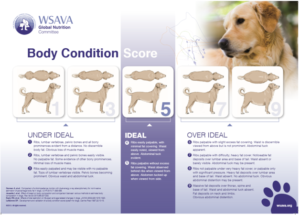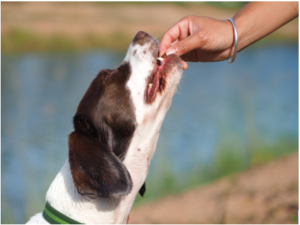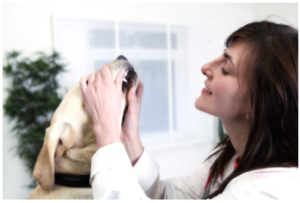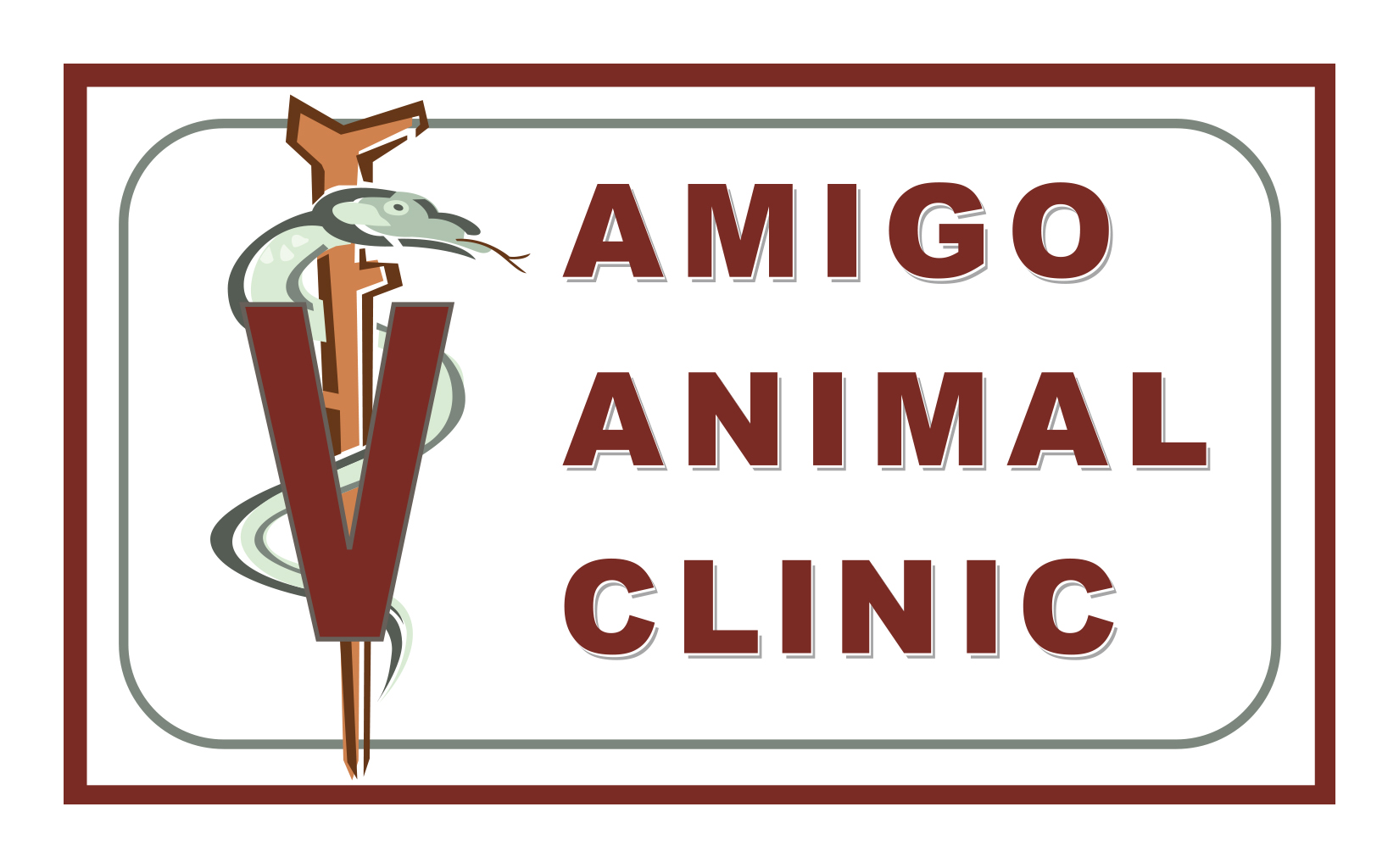Have you made your New Years’ resolutions yet? At this time of year, we typically reflect on the past and make resolutions to do better in the new year. It is like we’re starting the year with a clean slate. Typically we think of things like our health, family, finances, breaking bad habits, etc. It is a good idea to include our furry friends too. Especially during stressful times, it is not always easy to keep to our usual routines. Perhaps over the last year, you may have neglected some things about your pets. Now that we get to reset for the new year, here are some ideas we have about New Year’s resolutions for your pets:
1. Keep your pet at an ideal weight.

Obesity for pets is a rising problem in the U.S. It can increase a pet’s risk of getting diseases such as arthritis, heart disease, diabetes. For this reason, we stress with all our pet parents to watch their pet’s weight. And, if you free-feed your pet, we advise you to work out scheduled feeding times instead. When you leave out a bowl of dry food you cannot control how much food your pet is eating and it is much easier for your pet to become overweight.
When you take your pet in for a wellness check, here are some points to go over with your vet regarding your pet’s weight:
- Is your pet overweight?
- How much food should they be eating a day? A veterinarian can tell you how many calories your pet should be eating daily.
- How often should you feed your pet?
- What is the best diet for your pet?


2. Don’t feed your pet too many treats.

Treats are an ideal reward when you are training your pet and use them as positive reinforcement for good behavior. But sometimes we find pet parents giving out too many treats. For example, some pet parents give treats when they don’t have time to give their pet attention. Sometimes pets learn to beg for treats and it is hard for the pet parents to not give in.
We suggest you check the calorie content of the treats which you can find on the back of the package. Including the calories in your pet’s meals, work out how many treats your pet may be allowed per day. Now you can use the portioned treats in scheduled training or when your pet does something you want. Just keep to their recommended calories.
3. Make sure your pet gets exercise and playtime every day.

Exercise plays an important role, not only in your pet’s physical health but in their behavior and well-being. A lack of exercise and play with your pet can lead to anxiety and unwanted behavior in your pet. This can create a problem where the pet parent becomes frustrated with the bad behavior and punishes the pet which leads to more pet anxiety and bad behavior. One of the best remedies is plenty of exercise and playtime.
For dogs, we recommend at least 20 minutes of exercise each day. And by exercise, we mean good, brisk exercise such as taking your dog on a good brisk walk out to the park to play fetch, or out for a good run on the beach, etc.
Cats need playtime too. They are naturally active in short spurts. So you can play with them for 10-15 minutes several times throughout the day. Minimally, you should play with them at least twice a day, but more is better!
4. Keep your pet well-groomed.

Grooming helps remove excess fur from your pet and it also helps to distribute oils from the skin to the fur. This will keep your pet’s coat looking shiny and healthy. Also, grooming can be a time to bond more with your pet and give your pet the attention they crave. If your pet is not used to grooming, introduce grooming slowly in a positive manner. Do not force it on them. Positively introducing grooming allows your pet to build a nice association with you and the brushes, combs, clippers, and nail trimmers.
5. Schedule your pet for a health check-up.

You can be proactive in your pet’s health through scheduled health check-ups. These checkups are important because they ensure your pet is getting the proper care they need to stay healthy and live as long of a life as possible. Here is some of the things veterinarians check when we do our physical examinations:
- Observe the general appearance of your pet such as:
- Bodyweight and body condition, muscle condition to check for any muscle wasting.
- The pet’s fur for excessive dryness, oiliness, evidence of dandruff, excessive shedding, or abnormal hair loss.
- The skin – looking for oiliness, dryness, dandruff, lumps or bumps, areas of abnormal thickening, etc.
- Listen to their chest with a stethoscope.
- Check the eyes looking for redness, discharge, evidence of excessive tearing, abnormal lumps or bumps on the eyelids, how well the eyelids close, cloudiness, or any other abnormalities.
- The ears – looking for discharges, thickening, hair loss, or any other signs of problems.
- The nose and face – looking for symmetry, discharges, how well your dog breathes, whether there are any problems related to skin folds or other apparent problems.
- Mouth and teeth – looking for tartar build-up, gum disease, broken teeth, excessive salivation, staining around the lips, ulcers in or around the mouth, etc.
- As part of a complete wellness examination, your veterinarian will usually recommend wellness screening tests. In younger animals without noticeable health complaints, relatively simple testing may be all that is needed. In middle-aged or senior animals more comprehensive testing is advisable.
With a very thorough examination, veterinarians can catch oncoming diseases in advance and begin treatment before they become emergency situations. This gives your pet a better chance of overcoming any health challenges. It also can save you costly fees from emergency care.
Summary
We encourage you to follow the above tips to keep your pet healthy and happy. When your pet is doing well, that makes you happy too. Our team at Amigo Animal Clinic is here for you if you have any questions or concerns about your pet. We look forward to serving you in 2021.
Happy New Year!
What's Next
Call us or schedule an appointment online.
Meet with a doctor for an initial exam.
Put a plan together for your pet.

